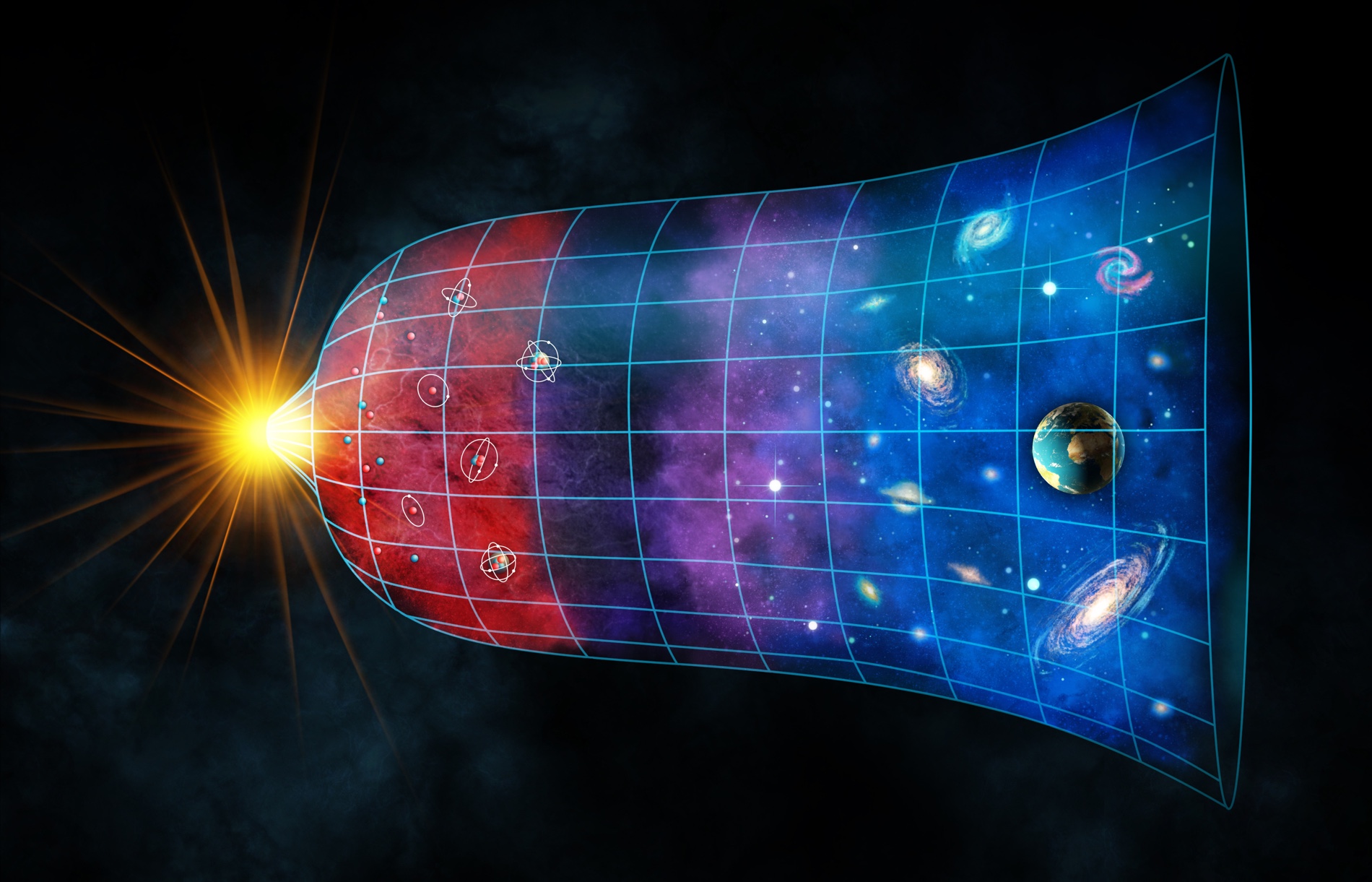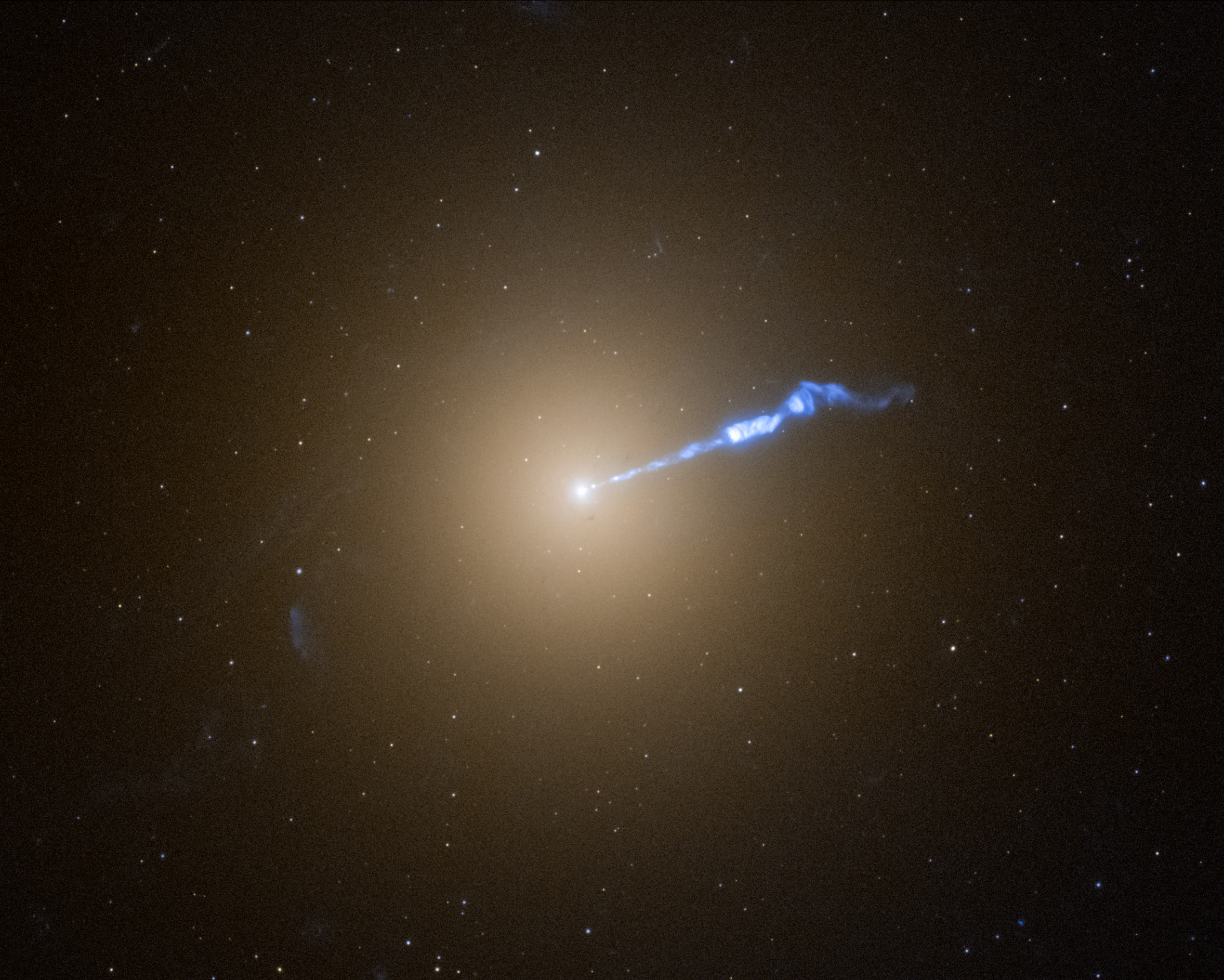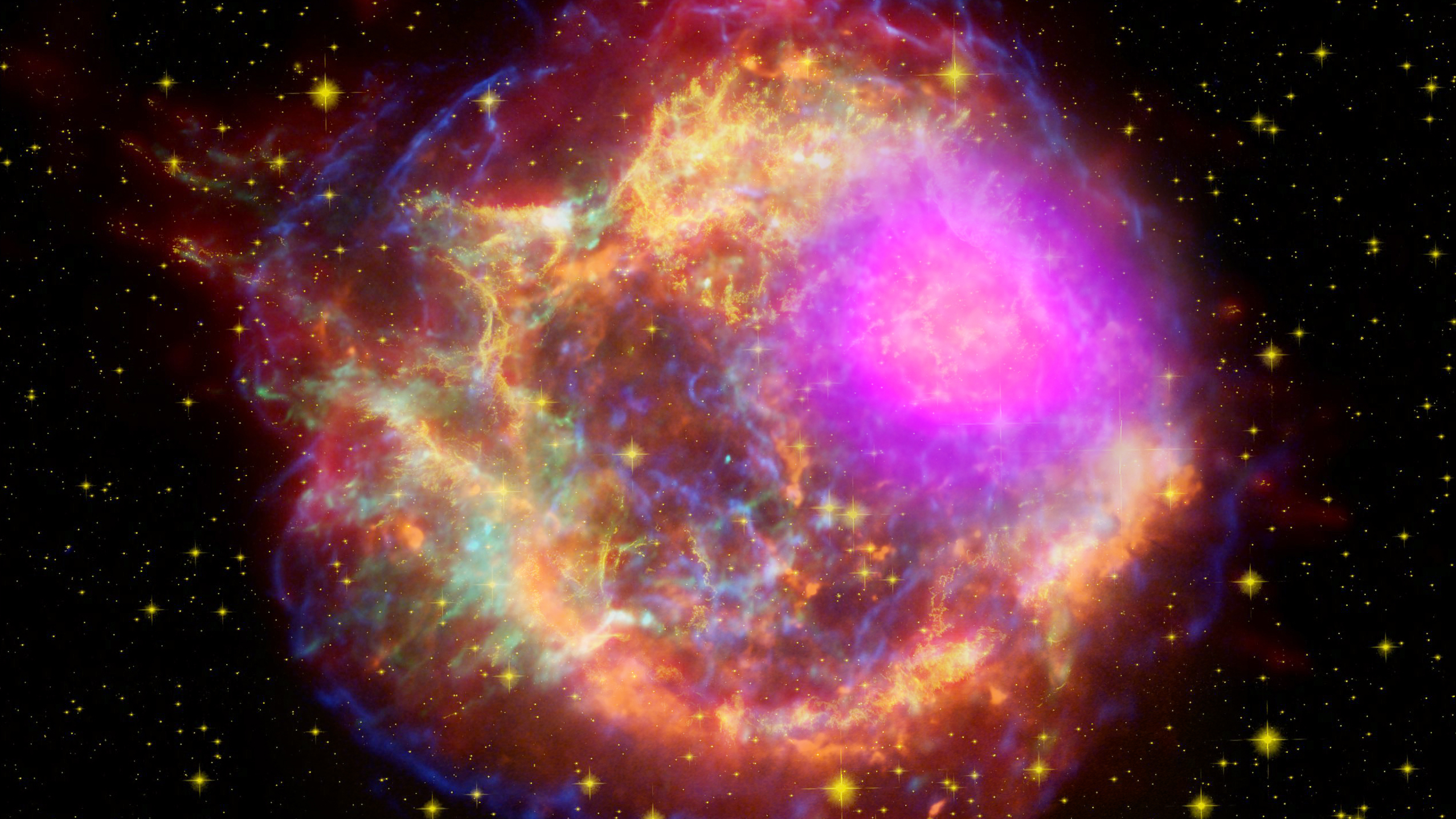Why Does It Matter?
Monitoring high-energy transient phenomena is vital for real-time alerts to the scientific community about gamma-ray bursts, magnetar bursts, AGN, and other rapid events, enabling a fast response and observation. Its unprecedented angular resolution allows precise mapping of gamma-ray sources, enhancing our understanding of the universe. Studying extreme environments near black holes, neutron stars, and active galaxies provides insights into fundamental cosmic processes, advancing our knowledge of the unvierse's msot powerful and mysterious phenomena.
A Mission for Everyone
By making all of our data and code repositories publicly available, we open the door to collaborative discovery. Whether you're a high school student or PhD reseacher, CAPIGX offers a new window into the high-energy Universe As a student-led initiative; we want to show what passionate students are capable of achieving.
An Opportunity to Connect
CAPIGX is actively seeking collaborators, advisors, and supporters who share our passion for high energy astrophysics and aerospace engineering. Whether you'are a student in interested joining the team, a researcher who can provide advice, or an organisation interested in supporting our mission, we'd love to hear from you! We welcome students from all backgrounds, experience levels (even high school), and fields of interest (from physics and engineering to science communication, design, and coding). No prior experience required, just enthusiams and willingness to learn!
Contact Us!



